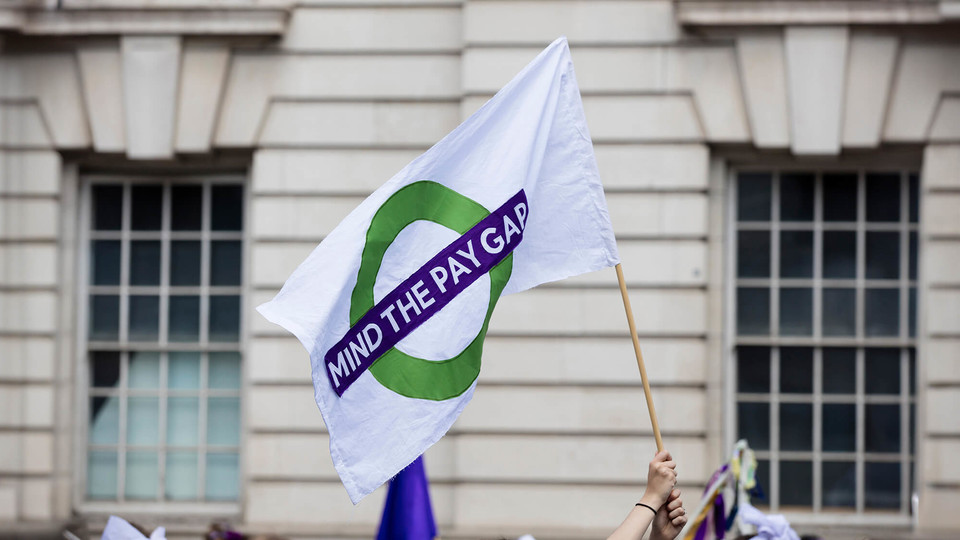
Follow The Money
Local Advertisers Affect Local Reporting, And In Turn, Investments
Based on research Alexander W. Butler and Umit G. Gurun
Local Advertisers Affect Local Reporting, And In Turn, Investments
- When local firms spend big on advertising, they influence media coverage.
- For firms with headquarters near local papers, this increased coverage boosts stock market valuations.
- Local media give local investors disproportionately positive but not necessarily accurate information about the value of locally headquartered firms.
The school of business at Rice University was founded largely thanks to the largesse of entrepreneur Jesse H. Jones, owner of the Houston Chronicle through the first half of the 20th century. Like other power brokers before him, Jones understood the media’s muscle. While the vehicles for delivering news have multiplied almost unimaginably since Jones’ day, newspapers still hold significant sway. Venture capitalists scour for facts to hone a competitive edge. Wall Street analysts pore over numbers for the perfect strategic investment. PR pros release statements in hopes of sweetening company coverage.
It’s no surprise, then, that the way media chooses to present information actively influences firms and investors. Less obvious, however, is the way firms influence reporting. Alexander W. Butler, a finance professor at Rice Business, and his colleague Umit Gurun quantified this influence by studying the supply-and-demand driven mechanics behind reporting on companies.
Using a database of news reported by Dow Jones Newswire, The Wall Street Journal and eight major local newspapers as well as a financial dictionary, the researchers measured what they called “media slant” — that is, story presentation — by counting the number of negative financial words in firm-specific news stories. They then tested whether local and national media delivered more favorable stories about local firms; the researchers hypothesized this might be the case, since the firms’ employees were likely part of their readership. The researchers then tested if local and national media had the monetary wherewithal to support investigative journalism. Finally, they tested whether firms advertising in local and national media caused favorable media slant.
The researchers found no strong evidence that readers preferred upbeat stories about local firms, nor that media tailored stories about those firms to try to please readers. They also found no evidence media budgets directly affected production of strong journalism.
But Butler and Gurun did find that local firms advertising in local papers enjoyed more positive coverage, or what they termed hype. Local firms’ ad spending, the authors contended, affects media slant because advertising generates the major chunk of media revenue. The conflict of interest is obvious: Consciously and even unconsciously, the media turns from watchdog to cheerleader simply because of the source of its lifeblood.
Butler and Gurun made this connection through what’s called a natural experiment: studying a phenomenon occurring in real life. Their findings: Local media is particularly susceptible to the soft power of local advertising.
Remember a world without Craigslist? The free website first entered the market in October 2003 in two pilot cities, Pittsburgh and St. Louis. Almost overnight, newspaper classified ads became a thing of the past. No longer could papers rely on non-corporate advertising to pay their bills. The ripple effects were broad. In markets where Craigslist had entered, Butler and Gurun found, the tone of newspaper articles about local firms changed measurably, and became abnormally positive compared to similar coverage in other markets at the same time.
As corporate advertisers increasingly became a lifeline for newspapers, Butler and Gurun found, the resulting hype translated into higher stock market valuation for firms with headquarters close to the local papers. This especially held true for firms that issued little information and for firms with high arbitrage costs. Butler's and Gurun’s research also shed light on how market participants invest. Local media, they found, give investors a disproportionately positive — though not necessarily accurate — view of local firms’ valuation. The results help explain what’s called home bias, investors’ tendency to put more money into companies close to home.
The takeaway? Whoever finances news organizations helps shape the stories they tell. And stories drive business: not simply public perception of those businesses, but the actual choices made by consumers and investors. Butler's and Gurun’s research uncovers with new precision exactly how much news content varies depending on the characteristics of the advertisers that keeps that news provider alive. One of the cardinal rules for reporters, Butler and Gurun show, is equally germane for investors prospecting for firms.
Consider the source.
Alexander W. Butler is a professor of finance at Jones Graduate School of Business at Rice University.
To learn more, see: Gurun, U. G., & Butler, A. W. (2012). Don't believe the hype: Local media slant, local advertising, and firm value. Journal of Finance, 67(2), 561-598.
Never Miss A Story


